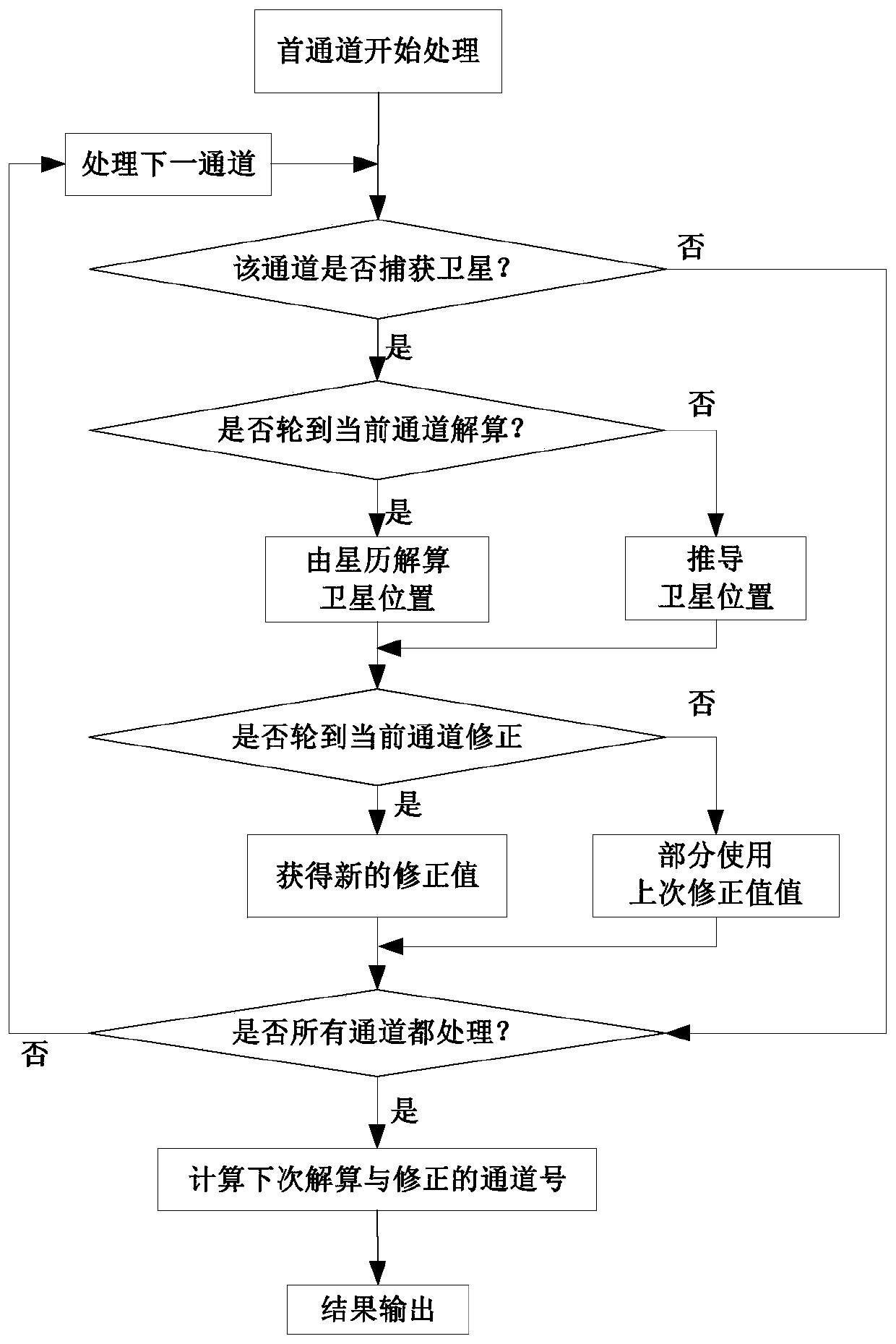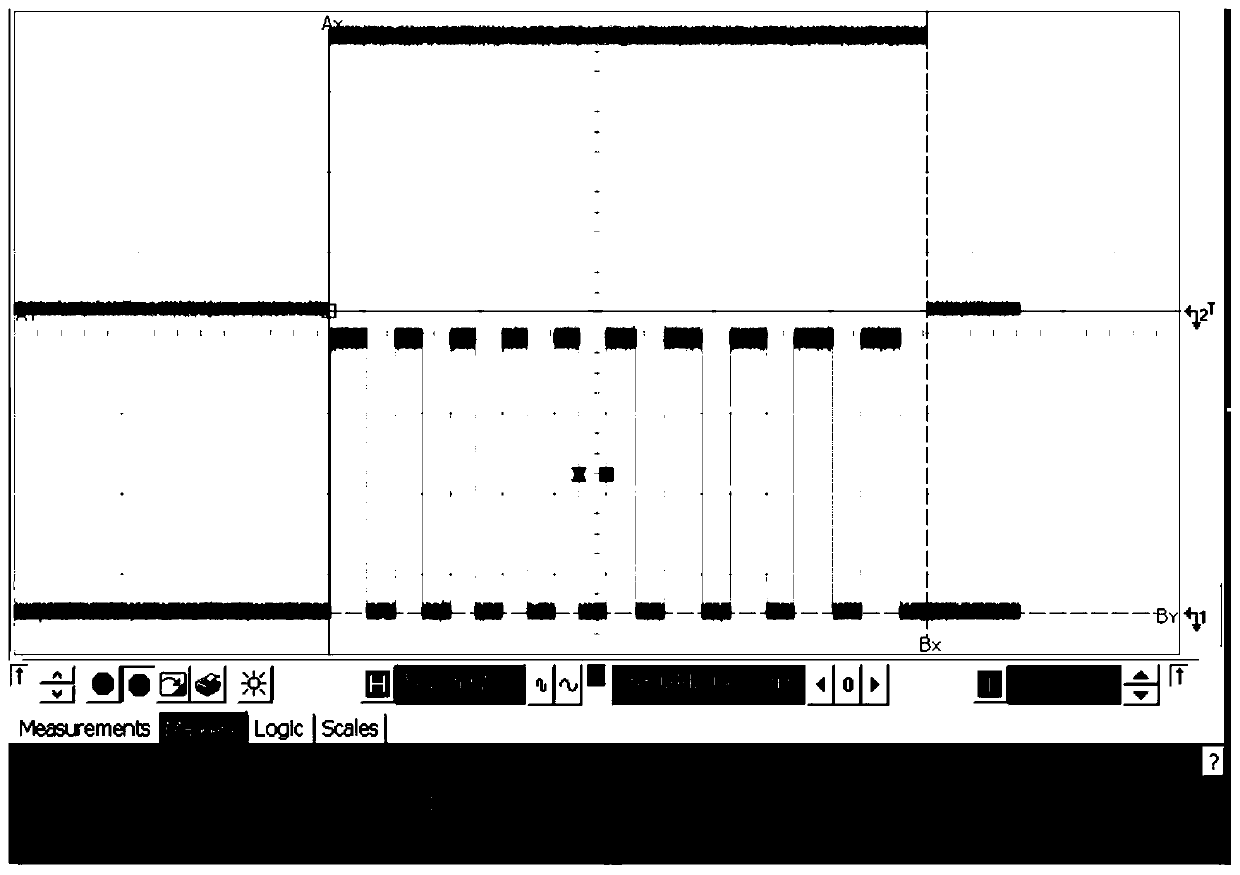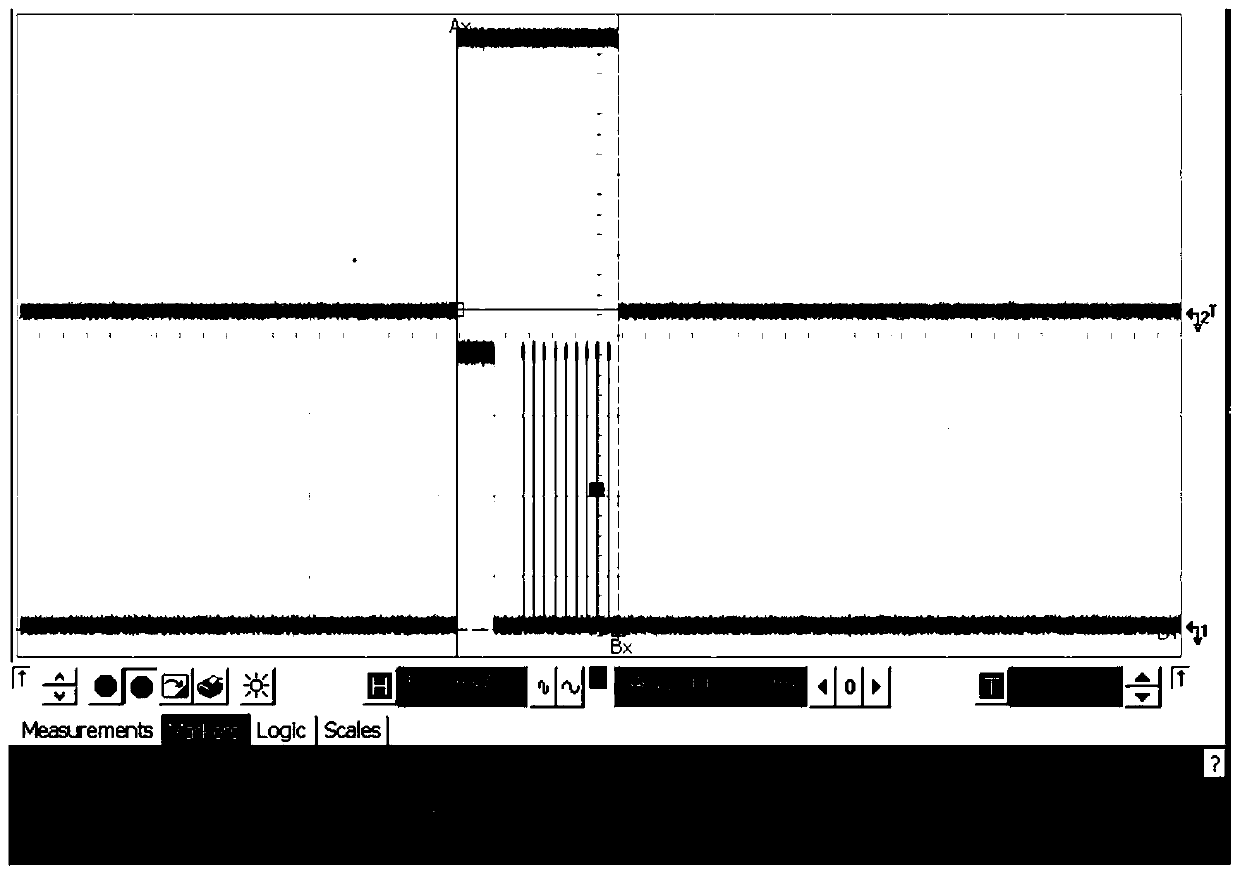Method for improving PVT calculation speed of Beidou II satellite receiver
A technology for satellite receivers and calculation speed, applied in satellite radio beacon positioning systems, complex mathematical operations, instruments, etc., can solve the problems of increasing system loss, reducing system performance indicators, increasing hardware costs, etc., to improve calculation speed, Save system overhead and improve the effect of processing
- Summary
- Abstract
- Description
- Claims
- Application Information
AI Technical Summary
Problems solved by technology
Method used
Image
Examples
Embodiment Construction
[0018] Below in conjunction with accompanying drawing, the present invention is described in further detail:
[0019] In this embodiment, in order to ensure smooth PVT calculation, it is necessary to first determine that the current BDS-2 receiver is in a normal PVT calculation state, that is, the BDS-2 receiver can continuously and stably output local PVT calculation results. After confirming that the receiver is in the normal PVT calculation state, perform PVT calculation.
[0020] Such as figure 1 , the specific process of the method for improving the PVT calculation speed of the Beidou No. 2 satellite navigation receiver of the present embodiment includes:
[0021] Step 1: Sort the satellites and traverse the satellites in order, and execute steps (1) to (3) for each satellite traversed. Wherein, sorting the satellites includes sorting according to the satellite acquisition channel number of the receiver. For example, the sequence number of the satellite captured by cha...
PUM
 Login to View More
Login to View More Abstract
Description
Claims
Application Information
 Login to View More
Login to View More - R&D
- Intellectual Property
- Life Sciences
- Materials
- Tech Scout
- Unparalleled Data Quality
- Higher Quality Content
- 60% Fewer Hallucinations
Browse by: Latest US Patents, China's latest patents, Technical Efficacy Thesaurus, Application Domain, Technology Topic, Popular Technical Reports.
© 2025 PatSnap. All rights reserved.Legal|Privacy policy|Modern Slavery Act Transparency Statement|Sitemap|About US| Contact US: help@patsnap.com



